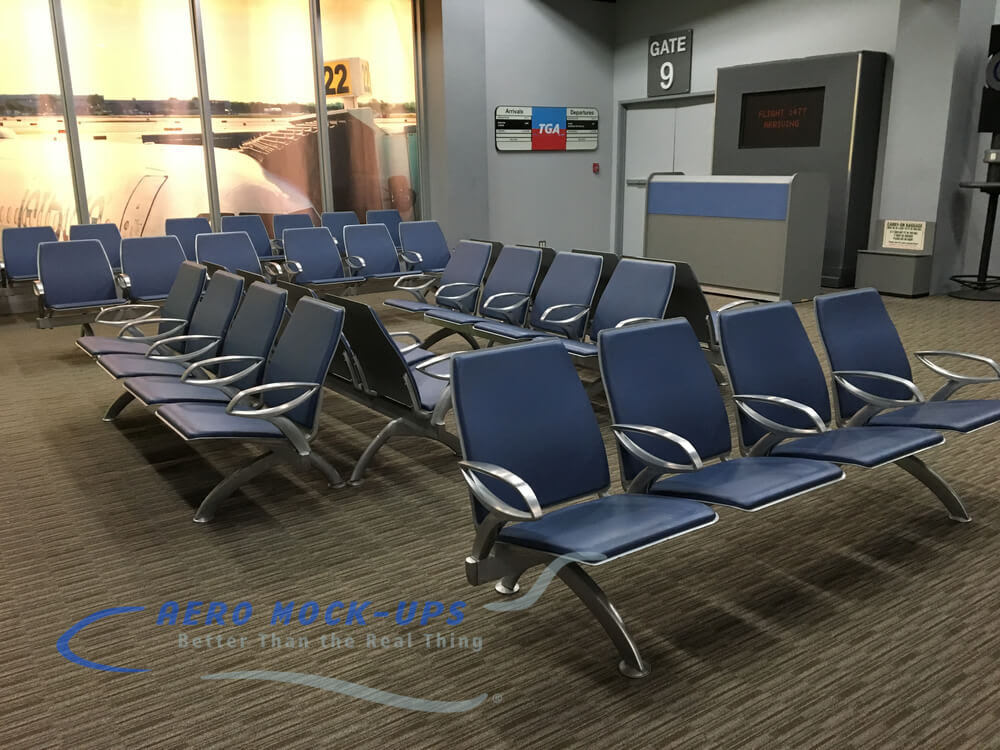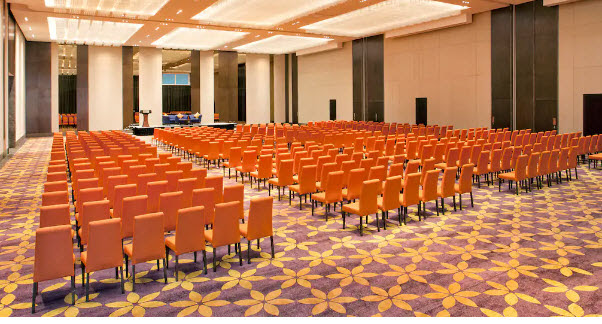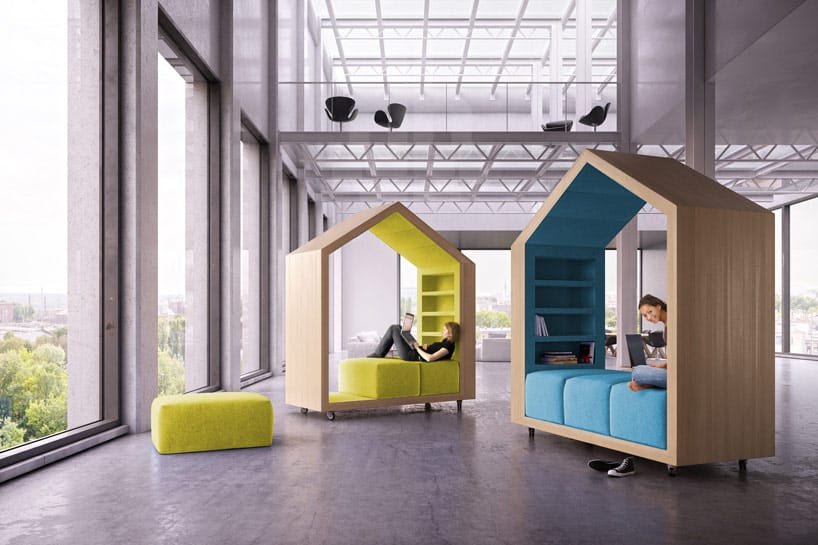April 2024: Assembly seating vs. Assembly occupancy
Posted on - Friday, April 5th, 2024What ADA considers “Assembly” vs. IBC
When designing, we designers must remember that there are multiple regulations that we might have to follow. There is the local model codes that are adopted by the City or municipality that we are designing in. There is State requirements as well as Federal. One of the regulations we need to follow is the ones that require equal access for persons with disabilities. But as we design and reference the different codes and standards, we need to be aware that they are not the same or have the same requirements. For example the term “Assembly” is different in its application and definition in the IBC and ADA.
The ADA and TAS treat “assembly” differently than the IBC. The IBC defines assembly as an occupancy:
IBC 303.1 Assembly Group A
Assembly Group A occupancy includes, among others, the use of a building or structure, or a protion thereof, for the gathering of persons for purposes such as civic, social or religious functions;recreation, food or drink consumption or awaiting transportation.
This implies that any place a person gathers is considered “assembly”. These occupancies will also include spaces that do not have fixed elements, such as seats or counter.
The ADA and TAS on the other hand,treats “assembly” as an area. The Definition states that assembly areas:
106.5.10 Assembly Area. A building or facility, or portion thereof, used for the purpose of entertainment, educational or civic gatherings, or similar purposes. For the purposes of these requirements, assembly areas include, but are not limited to, classrooms, lecture halls, courtrooms, public meeting rooms, public hearing rooms, legislative chambers, motion picture houses, auditoria, theaters, playhouses, dinner theaters, concert halls, centers for the performing arts, amphitheaters,arenas, stadiums, grandstands, or convention centers
This implies that only certain areas that are meant for entertainment, educational or civic gatherings. And those areas must have fixed seating since the ADA and TAS only have scoping for Assembly Seating which are fixed.
Below are some examples of the required “assembly areas” that will need to comply with the Standards
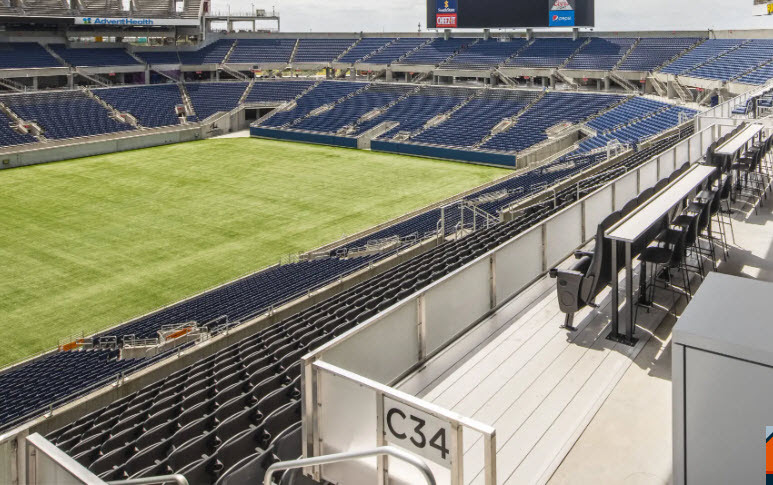
Sports spectator seatiing must meet ADA Standards
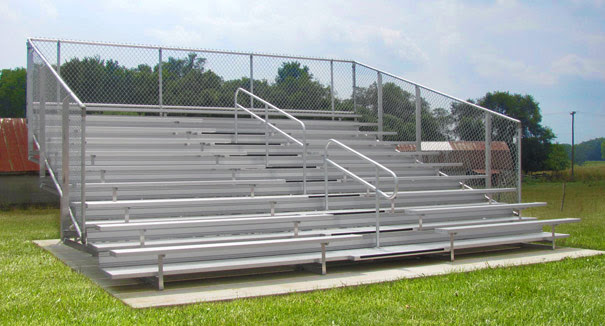
Outdoor or indoor bleachers for spectators
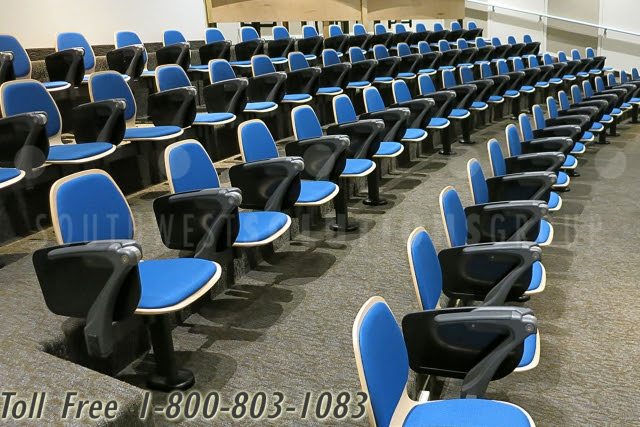
Outdoor or indoor bleachers for spectators
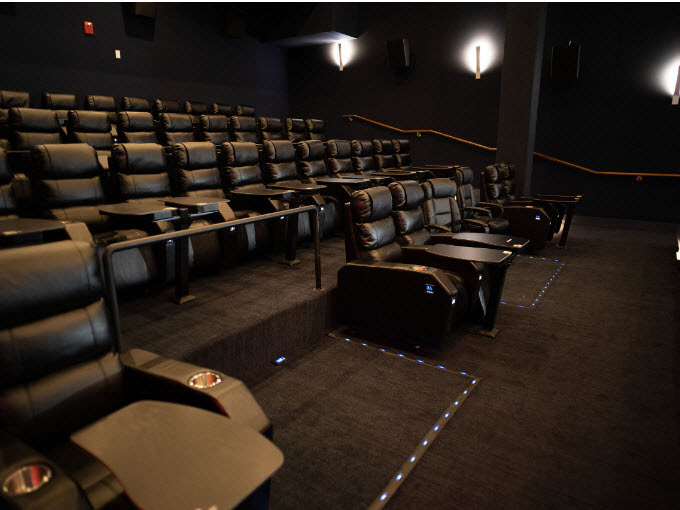
Outdoor or indoor bleachers for spectators
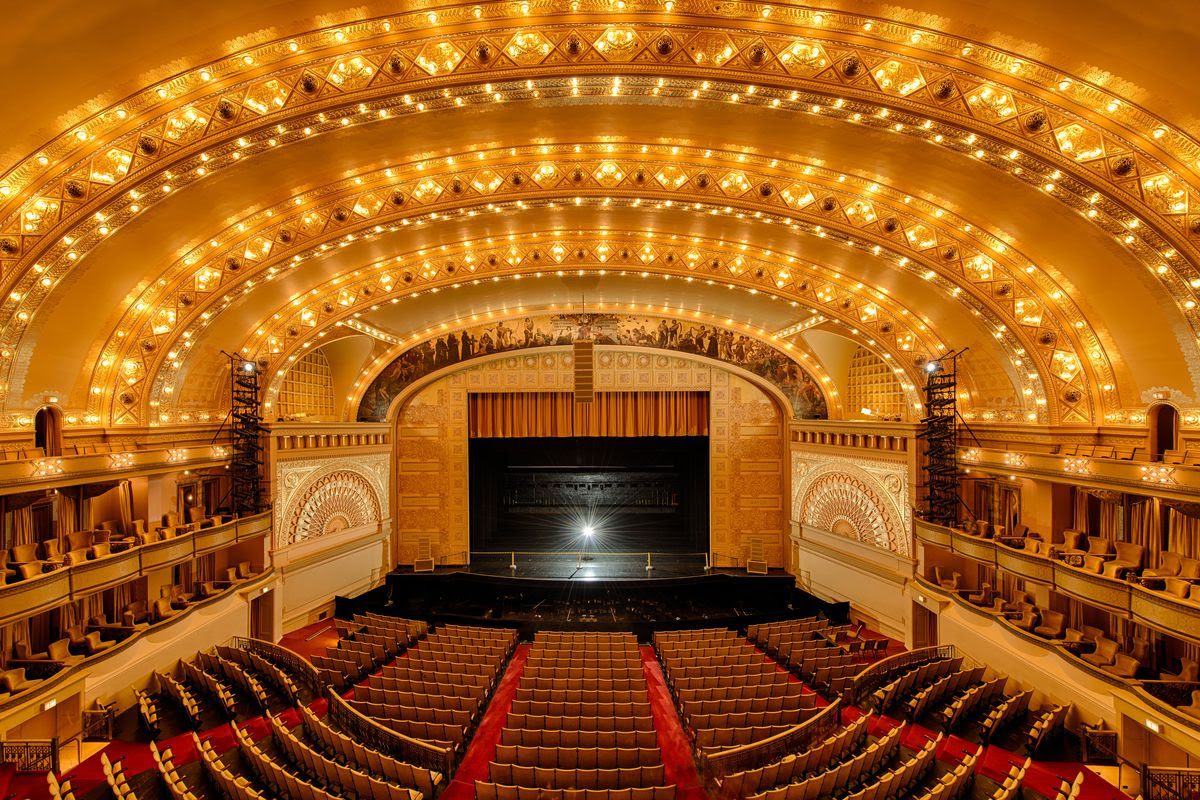
Performance Theater
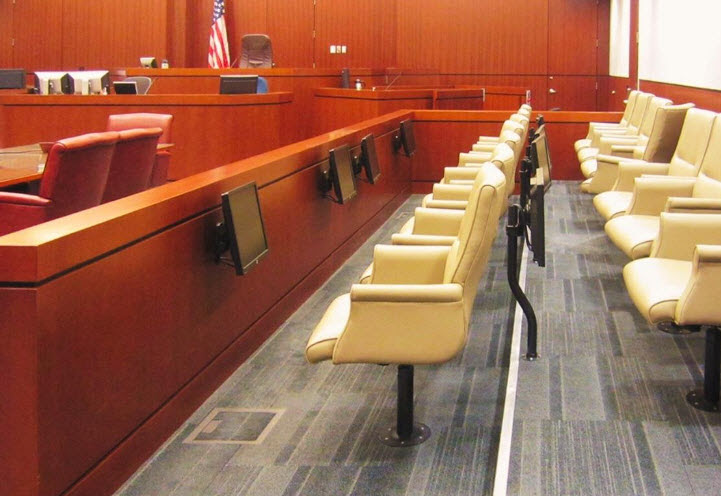
Court rooms
Assembly Seating
The ADA and TAS have requirements (Scoping) for assembly and it is mainly dealing with fixed seating. Assembly seating is ONLY located in the assembly areas listed in the definition: classrooms, theaters, court rooms etc. And they must be fixed for them to meet the criteria for ADA/TAS requirements to be met.
One of my clients is an airport and they were concerned about the lounge seating at the terminal gate waiting area. A passenger lounge at the terminal gate is NOT an assembly area per ADA and TAS, and therefore no wheelchair seats are required. In addition, most of the lounges have seats that are not fixed and are considered “furniture” which are also not required to comply with persons with disabilities.
Airport terminal Gate passenger waiting lounge. These seats are not located in a TAS/ADA defined “assembly” area. Therefore there is no requirements to provide accessible seating in the lounge.
What is NOT assembly areas per ADA but are Assembly occupancies
The IBC catagorizes areas where people congregate as assembly occupancies. The Assembly occupancy is broad and encompasses many facilities. They are not all required to comply with the ADA Assembly seating requirements. Below are some examples of what the IBC considers an Assembly occupancy, but will not trigger compliance with ADA Assembly areas.
Restaurants. If they were fixed tables, they would have to comply with ADA section 226 and 902
Classrooms with non fixed seating or tables. If they were fixed tables, they would have to comply with ADA section 226 and 902
Hotel Ballroom for conferences or events
Library reading areas. Even if they were fixed seats they would not be required to comply
 Abadi
Abadi 

